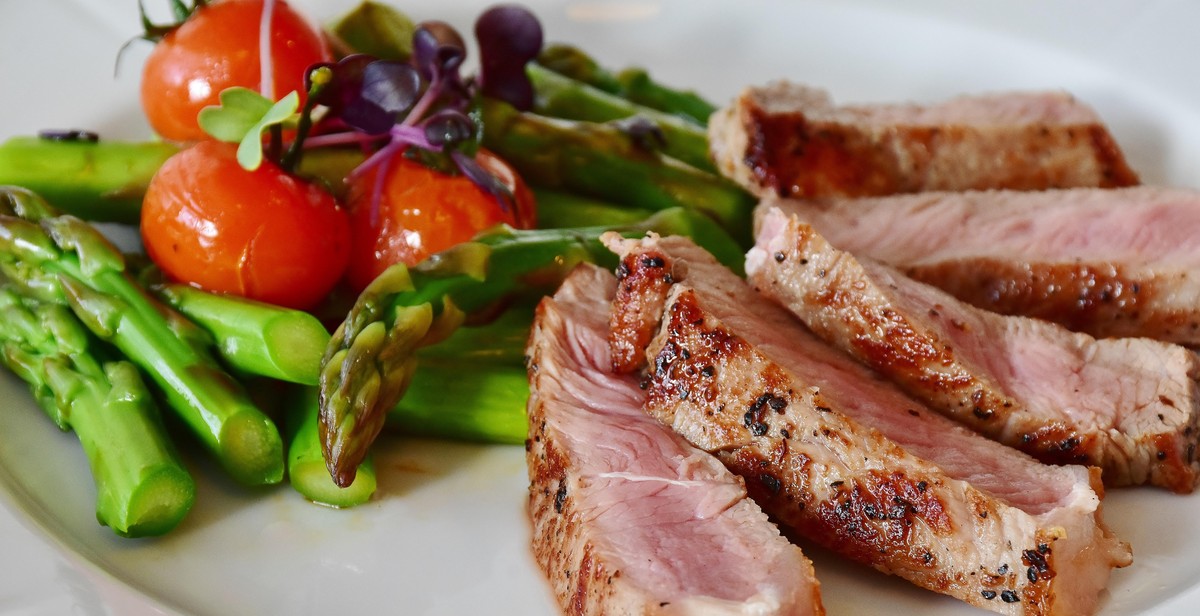Introduction: How to Barbecue Pork Ribs with Different Regional Sauces
Pork ribs are a staple of barbecue culture, and for good reason. They’re tender, juicy, and packed with flavor. Whether you prefer them dry-rubbed or smothered in sauce, there’s no denying the appeal of a well-cooked rack of ribs.
But what sets one rack of ribs apart from another? The answer lies in the sauce. Barbecue sauces vary greatly from region to region, with each area putting its own unique spin on this classic condiment. From sweet and tangy to spicy and bold, there’s a sauce out there for every palate.
Why Barbecue Pork Ribs are Popular?
Barbecue pork ribs have long been a beloved staple of American cuisine. They’re a crowd-pleaser at backyard barbecues, family gatherings, and sporting events. There’s just something about sinking your teeth into a succulent rib that hits all the right notes.
Part of the appeal of pork ribs is their versatility. They can be cooked low and slow, smoked for hours, or grilled over high heat. And thanks to the wide variety of barbecue sauces available, you can customize the flavor profile of your ribs to suit your tastes.
In this article, we’ll take a closer look at how to barbecue pork ribs with different regional sauces. Whether you’re a fan of Kansas City-style sweet and savory sauce or the vinegary tang of North Carolina barbecue, we’ll show you how to create mouthwatering ribs that are sure to impress.
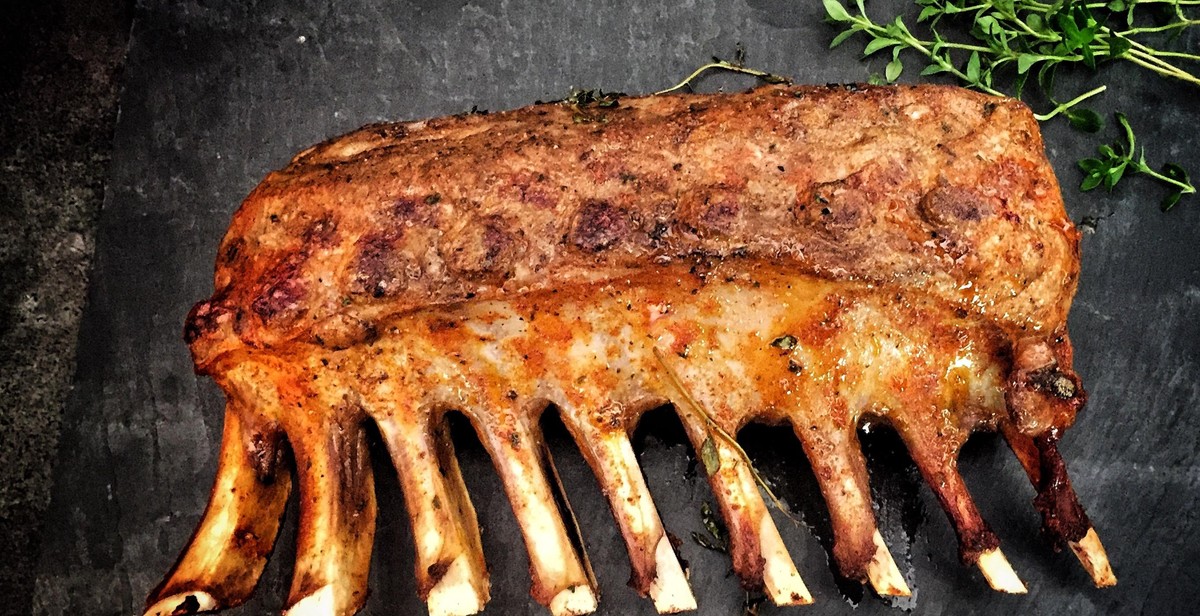
Choosing the Right Pork Ribs
When it comes to barbecuing pork ribs, choosing the right cut of meat is crucial to achieving the perfect balance of tenderness, flavor, and juiciness. There are several different types of pork ribs available, each with its own unique characteristics that can affect the final outcome of your barbecue.
Understanding Different Types of Pork Ribs
The three most common types of pork ribs used in barbecue are baby back ribs, spare ribs, and St. Louis-style ribs. Here’s a closer look at each:
| Type of Rib | Description |
|---|---|
| Baby Back Ribs | Also known as loin back ribs, these come from the top of the ribcage between the spine and the spare ribs. They are shorter, curved, and leaner than spare ribs, with meat that is tender and mild in flavor. |
| Spare Ribs | These come from the bottom of the ribcage, closest to the belly. They are longer, flatter, and fattier than baby back ribs, with meat that is chewier and more flavorful. |
| St. Louis-Style Ribs | These are spare ribs that have been trimmed down to a more uniform, rectangular shape. They have a higher meat-to-bone ratio than spare ribs, with meat that is tender and juicy. |
Selecting the Best Pork Ribs for Barbecue
When selecting pork ribs for barbecue, it’s important to choose cuts that are fresh, well-marbled, and free of excessive fat or gristle. Look for ribs that are pink in color with white, hard bones and a layer of fat that is evenly distributed.
For the best flavor and tenderness, many pitmasters prefer to use baby back ribs or St. Louis-style ribs, as they are leaner and more tender than spare ribs. However, spare ribs can also be a great option if you prefer a chewier, more flavorful cut of meat.
Ultimately, the choice of pork ribs comes down to personal preference and the type of barbecue you want to create. No matter which cut you choose, be sure to prepare it with care and attention to detail to achieve the best possible results.
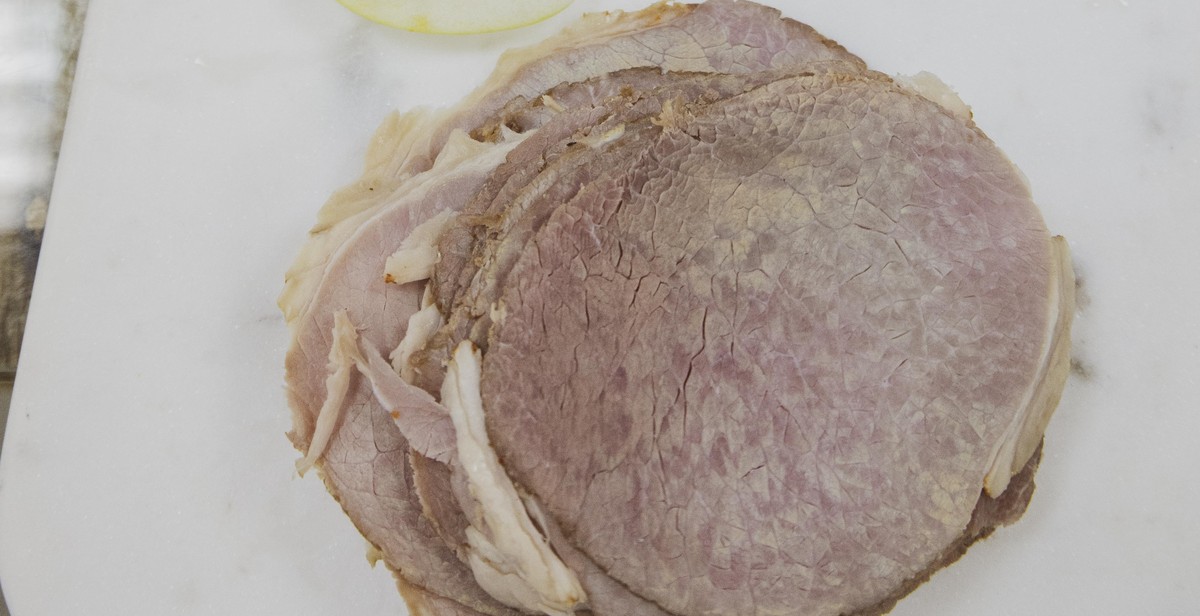
Preparing Pork Ribs for Barbecue
Before you start cooking your pork ribs, it’s important to prepare them properly to ensure they turn out tender and flavorful. Here are some tips for trimming and seasoning your pork ribs:
Trimming Pork Ribs
Trimming your pork ribs is an important step in preparing them for the grill. You want to remove any excess fat or silver skin that can make the ribs tough and chewy. Here’s how to do it:
- Start by removing the membrane from the back of the ribs. Use a sharp knife to loosen one corner of the membrane, then grab it with a paper towel and pull it off in one piece.
- Next, trim any excess fat from the ribs. You want to leave a thin layer of fat on the meat to keep it moist, but too much fat can cause flare-ups on the grill.
- Finally, trim any loose or hanging pieces of meat or fat from the ribs. This will help them cook evenly and prevent any burnt or charred spots.
Seasoning Pork Ribs
Once your pork ribs are trimmed, it’s time to season them. You can use a dry rub or a marinade to add flavor to the meat. Here’s how to do it:
- If using a dry rub, mix together your desired spices and seasonings in a bowl. Some popular ingredients for pork ribs include paprika, garlic powder, onion powder, cumin, and brown sugar.
- Rub the seasoning mixture onto both sides of the ribs, making sure to coat them evenly.
- Cover the ribs and refrigerate them for at least an hour, or overnight if possible. This will allow the flavors to penetrate the meat.
- If using a marinade, mix together your desired ingredients in a bowl. Some popular ingredients for pork rib marinades include soy sauce, Worcestershire sauce, apple cider vinegar, and honey.
- Place the ribs in a large plastic bag or container and pour the marinade over them. Seal the bag or container and refrigerate the ribs for at least 4 hours, or overnight if possible.
With your pork ribs trimmed and seasoned, you’re ready to start grilling. The next section will cover how to grill pork ribs with different regional sauces.
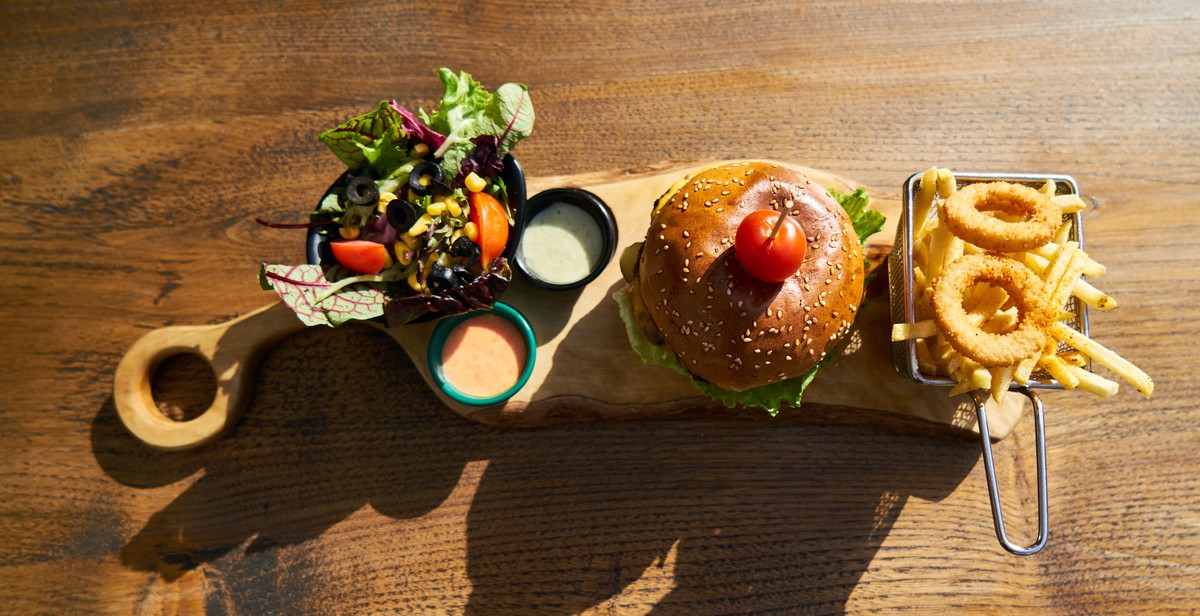
Different Regional Sauces for Pork Ribs
Barbecue pork ribs are a classic American dish, and there are many different regional variations of barbecue sauce to choose from. Here are three popular styles:
Kansas City Style Sauce
Kansas City-style sauce is a thick, sweet, and tangy sauce that is perfect for pork ribs. It is made with tomato sauce, brown sugar, vinegar, Worcestershire sauce, and a blend of spices. Kansas City-style sauce is great for those who like a sweeter sauce on their ribs.
Here is a simple recipe for Kansas City-style sauce:
| Ingredients | Instructions |
|---|---|
| 1 cup ketchup | Mix all ingredients together in a medium saucepan. |
| 1/2 cup brown sugar | Bring to a simmer over medium heat and cook for 15-20 minutes. |
| 1/2 cup apple cider vinegar | Stir occasionally until thickened. |
| 1/4 cup Worcestershire sauce | Remove from heat and let cool. |
| 1 tablespoon paprika | |
| 1 tablespoon garlic powder | |
| 1 tablespoon onion powder | |
| 1 teaspoon salt | |
| 1/2 teaspoon black pepper |
Memphis Style Sauce
Memphis-style sauce is a thinner and tangier sauce than Kansas City-style sauce. It is made with vinegar, ketchup, brown sugar, and spices. Memphis-style sauce is great for those who like a tangier sauce on their ribs.
Here is a simple recipe for Memphis-style sauce:
| Ingredients | Instructions |
|---|---|
| 1 cup apple cider vinegar | Mix all ingredients together in a medium saucepan. |
| 1/2 cup ketchup | Bring to a simmer over medium heat and cook for 15-20 minutes. |
| 1/4 cup brown sugar | Stir occasionally until thickened. |
| 1 tablespoon paprika | Remove from heat and let cool. |
| 1 tablespoon garlic powder | |
| 1 tablespoon onion powder | |
| 1 teaspoon cayenne pepper | |
| 1/2 teaspoon salt | |
| 1/2 teaspoon black pepper |
Texas Style Sauce
Texas-style sauce is a bold and spicy sauce that is perfect for pork ribs. It is made with tomato sauce, vinegar, mustard, and a blend of spices. Texas-style sauce is great for those who like a spicier sauce on their ribs.
Here is a simple recipe for Texas-style sauce:
| Ingredients | Instructions | ||||||||
|---|---|---|---|---|---|---|---|---|---|
| 1 cup ketchup | Mix all ingredients together in a medium saucepan. | ||||||||
| 1/2 cup apple cider vinegar | Bring to a simmer over medium heat and cook for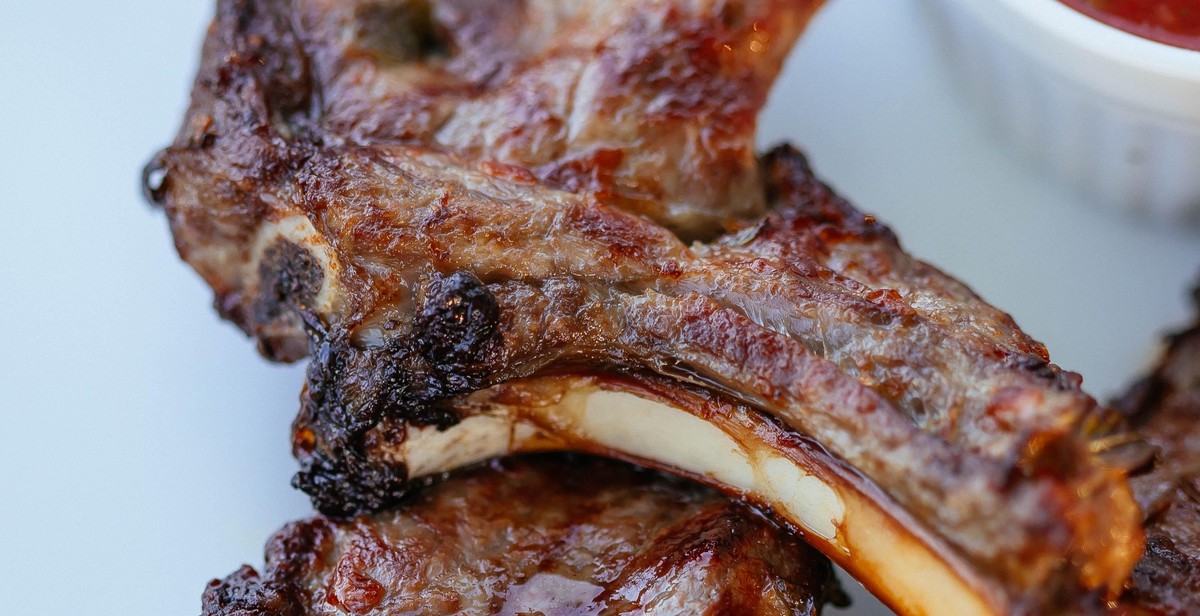
Barbecuing Pork Ribs with Regional SaucesBarbecuing pork ribs is a beloved American tradition, and adding regional sauces to the mix only adds to the fun. Here are three different regional sauces to try on your next batch of barbecued pork ribs. Kansas City Style Sauce RecipeKansas City barbecue is known for its sweet and tangy sauce, and this recipe is no exception. To make this sauce, you will need:
Combine all ingredients in a saucepan and simmer for 10-15 minutes until the sauce thickens. Brush on pork ribs during the last 10-15 minutes of grilling. Memphis Style Sauce RecipeMemphis-style barbecue is known for its dry rubs, but this sauce adds a little something extra to the mix. To make this sauce, you will need:
Combine all ingredients in a saucepan and simmer for 10-15 minutes until the sauce thickens. Brush on pork ribs during the last 10-15 minutes of grilling. Texas Style Sauce RecipeTexas-style barbecue is known for its bold flavors, and this sauce is no exception. To make this sauce, you will need:
Combine all ingredients in a saucepan and simmer for 10-15 minutes until the sauce thickens. Brush on pork ribs during the last 10-15 minutes of grilling.
Try all three sauces to find your favorite, or mix and match for a unique flavor experience. Happy grilling!
ConclusionBarbecuing pork ribs is an American tradition that has been passed down through generations. Different regions have their own unique styles and sauces, but the end goal is always the same: tender, juicy, and flavorful ribs. Whether you prefer the tangy and spicy flavors of the Carolina-style sauce or the sweet and smoky Kansas City-style sauce, it’s important to remember that the key to great ribs is in the preparation and cooking process. Take the time to properly season and smoke your ribs, and don’t be afraid to experiment with different rubs and sauces to find your perfect flavor combination. When it comes to cooking pork ribs, patience is key. Low and slow is the way to go, and it’s important to keep a close eye on the temperature to ensure that your ribs don’t dry out or become overcooked. By following the tips and techniques outlined in this article, you’ll be well on your way to becoming a barbecue pro. So fire up the grill, grab some ribs, and get ready to impress your friends and family with your newfound barbecue skills. Additional ResourcesIf you’re looking to expand your barbecue knowledge and skills, there are plenty of resources available to help you along the way. Here are a few of our top picks:
With the right tools, techniques, and a little bit of practice, you’ll be well on your way to becoming a barbecue master in no time. |

